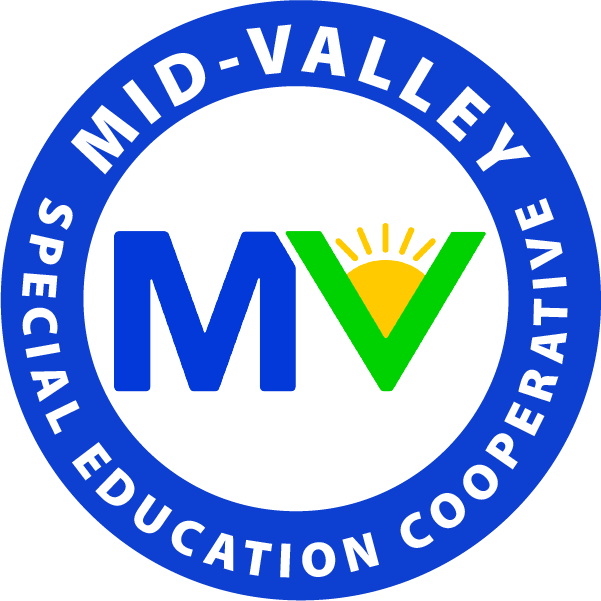ESY Staffing Still Underway
We had an initial deadline of April 10th for hiring all ESY staff, however, we are still processing applications and placing students and staff. Acceptance letters will begin arriving via e-mail today and will progress throughout the week.
